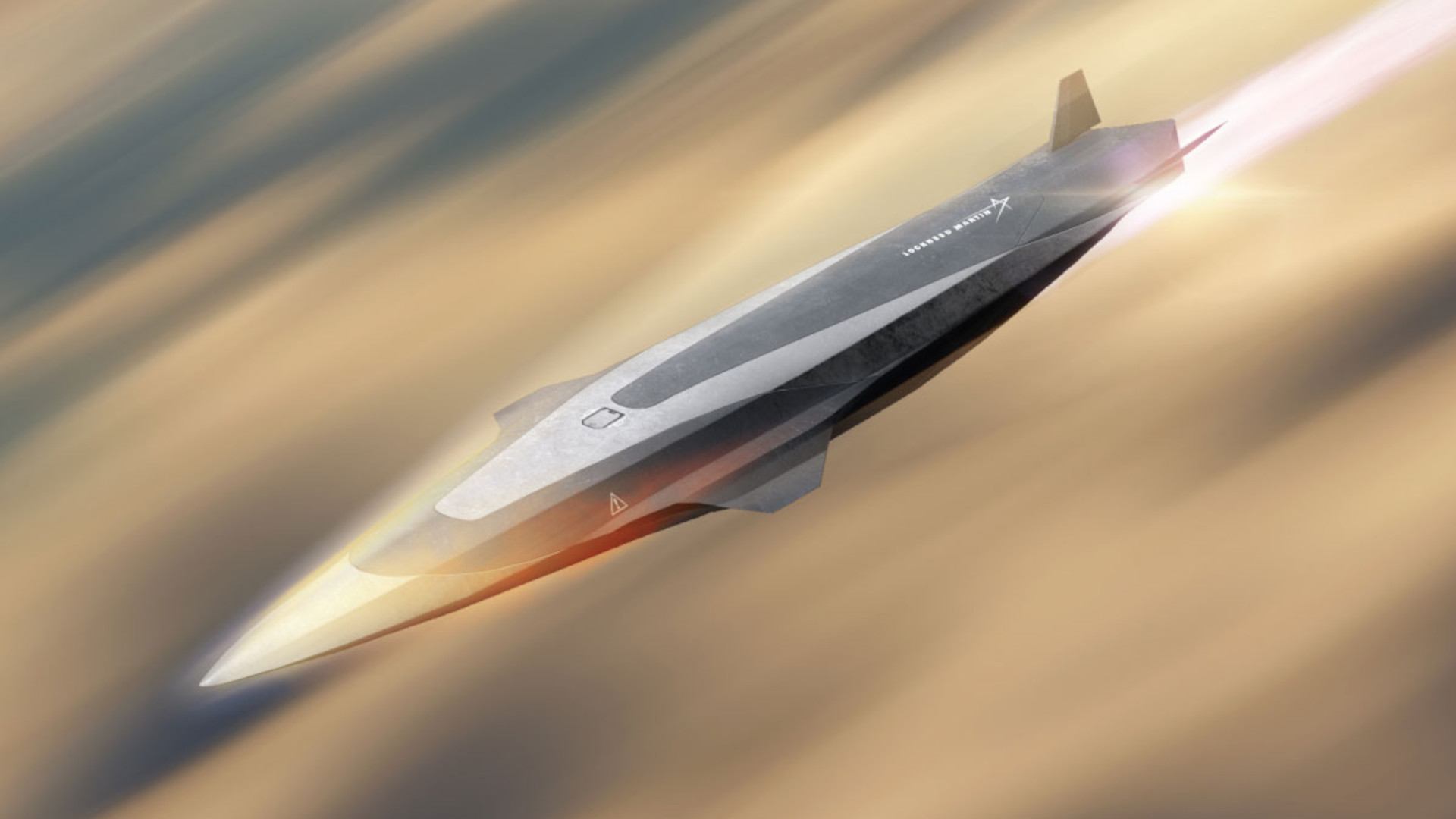The U.S. Navy has halted plans to acquire an air-launched, air-breathing hypersonic anti-ship cruise missile, citing cost and industrial base factors. The service says it is now taking a second look at its requirements with a new focus on affordability.
The Navy’s work toward the acquisition of what it had dubbed the Hypersonic Air-Launched Offensive Anti-Surface Warfare (HALO) missile traces back to at least 2021. The service previously described it as a critical capability that needed to be fielded before 2030. Naval News was first to report that the plans for HALO, also known as the Offensive Anti-Surface Warfare Increment 2 (OASuW Inc 2), have now changed.
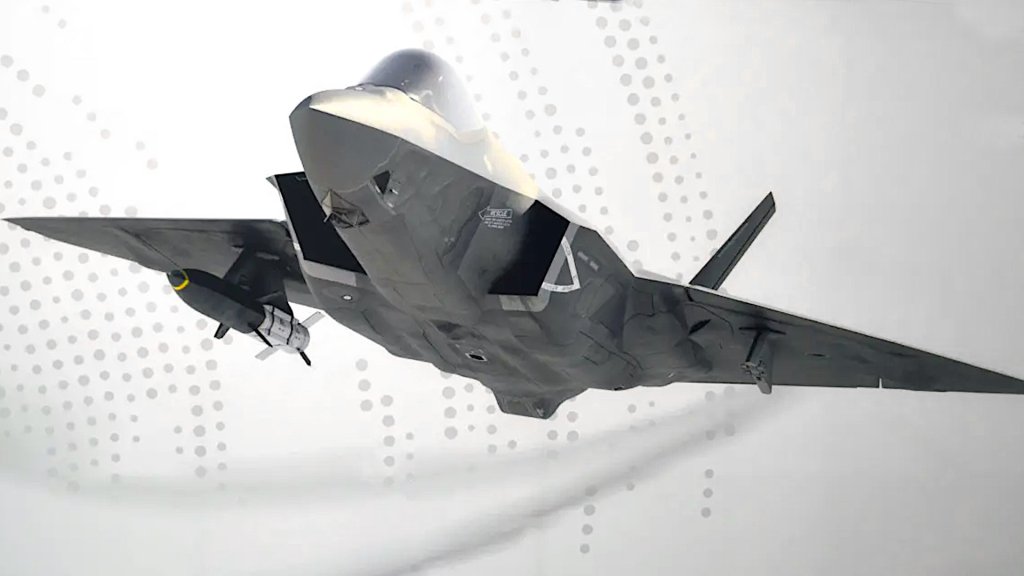
“The Navy cancelled the solicitation for the Hypersonic Air-Launched Offensive Anti-Surface Warfare (HALO) Engineering and Manufacturing Development (EMD) effort in fall 2024 due to budgetary constraints that prevent fielding new capability within the planned delivery schedule,” Navy Capt. Ron Flanders, a spokesperson for the service, told TWZ today. “The decision was made after the Navy conducted a careful analysis, looking at cost trends and program performance across the munitions industrial base compared to the Navy’s priorities and existing fiscal commitments.”
“We are working closely with our resource sponsors to revalidate the requirements, with an emphasis on affordability,” Flanders continued. “The Navy is committed to its investment in Long Range Fires to meet National Defense objectives, with priority emphasis on fielding continued capability improvements to the AGM-158C Long Range Anti-Ship Missile (LRASM).”
Lockheed Martin’s LRASM, originally developed as OASuW Increment 1 and based on the AGM-158 Joint Air-to-Surface Standoff Missile (JASSM) design, is a highly capable stealthy anti-ship cruise missile, but it is also a subsonic design. A subvariant with significantly extended range and other upgrades is now in development, as you can read more about here.

It’s also worth noting here that the Navy has fielded an air-launched version of the multi-purpose Standard Missile-6 (SM-6), called the AIM-174B. When surface-launched, SM-6 can be employed against aerial threats, as well as targets at sea and on land. It is possible that AIM-174B could be used as a high-speed anti-ship missile, as well.
The Navy had awarded initial HALO contracts to Raytheon and Lockheed Martin in 2023, though details about the designs that either company had been working on as part of this effort remain scant. However, they are both widely believed to be powered by advanced ramjet or scramjet engines.
Both companies also notably took part in the Defense Advanced Research Projects Agency’s (DARPA) Hypersonic Airbreathing Weapon Concept (HAWC) program, which was run in cooperation with the U.S. Air Force. Raytheon was part of a team that also included Northrop Grumman. HAWC subsequently fed into the Air Force’s Hypersonic Attack Cruise Missile (HACM) program. Raytheon, working again with Northrop Grumman, has been under contract to develop HACM since 2022.
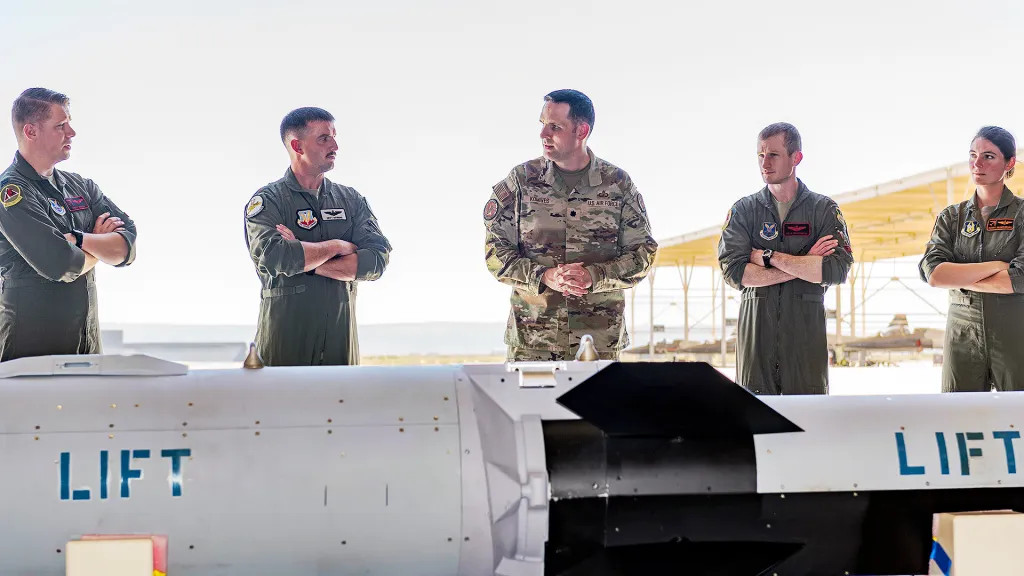
The Navy’s F/A-18E/F Super Hornets were expected to be the first aircraft armed with HALO. The service had also previously indicated that HALO could evolve into a ship and submarine-launched weapon after its initial introduction as an air-launched munition.
“OASuW Inc 2/HALO will be a carrier-suitable, higher-speed, longer-range, air-launched weapon system providing superior Anti-Surface Warfare capabilities. The program is part of the Navy’s Long Range Fires investment approach to meet objectives of the National Defense Strategy,” Navy Capt. Richard Gensley, then Precision Strike Weapons (PMA-201) program manager within Naval Air Systems Command (NAVAIR), told TWZ just last June. “As a key component of this strategy, OASuW Inc 2/HALO addresses advanced threats from engagement distances that allow the Navy to operate in, and control, contested battle space in littoral waters and Anti-Access/Area Denial (A2/AD) environments.”
Previous Navy budget documents had also described HALO as being essential to help “counter the evolving near-peer threat capability.” Russia and China have both been actively developing and fielding a growing number of hypersonic and otherwise high-speed anti-ship missiles that can be launched from air, sea, and ground-based platforms. This includes air-breathing hypersonic cruise missiles, most prominently Russia’s Zircon, and anti-ship ballistic missiles. Hypersonic speed is typically defined as anything above Mach 5.
What has now happened to the HALO effort is the latest high-profile stumble for hypersonic weapons developments across the U.S. military while potential adversaries continue to make progress in this realm. The status of the Air Force’s AGM-183A Air-Launched Rapid Response Weapon (ARRW) remains murky following the ostensible end of work on that program last year. The Army’s Dark Eagle hypersonic missile program has also been beset by delays, with the service only conducting its first successful launch of that weapon from a trailer-based launcher in December 2024 after years of setbacks.
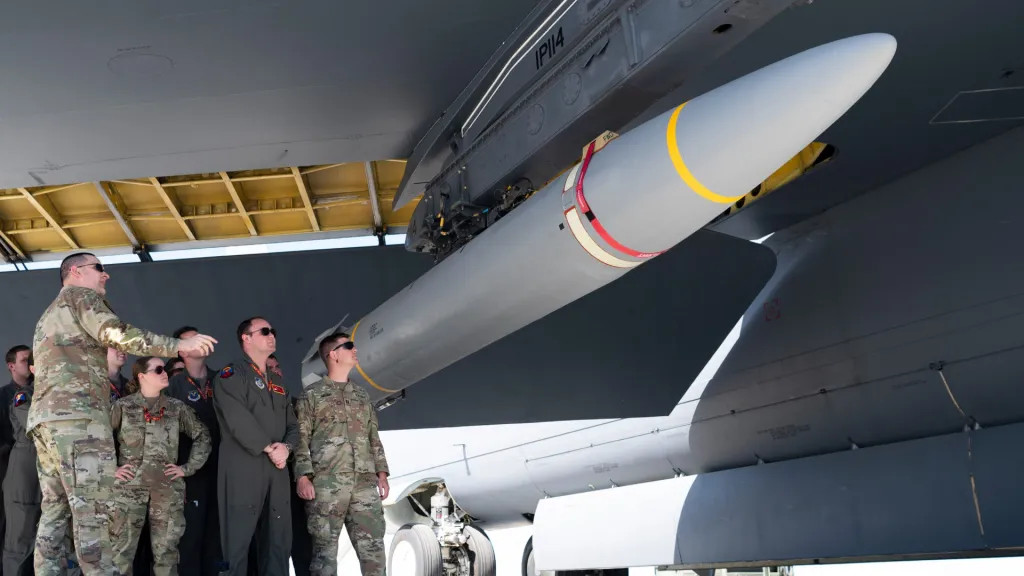
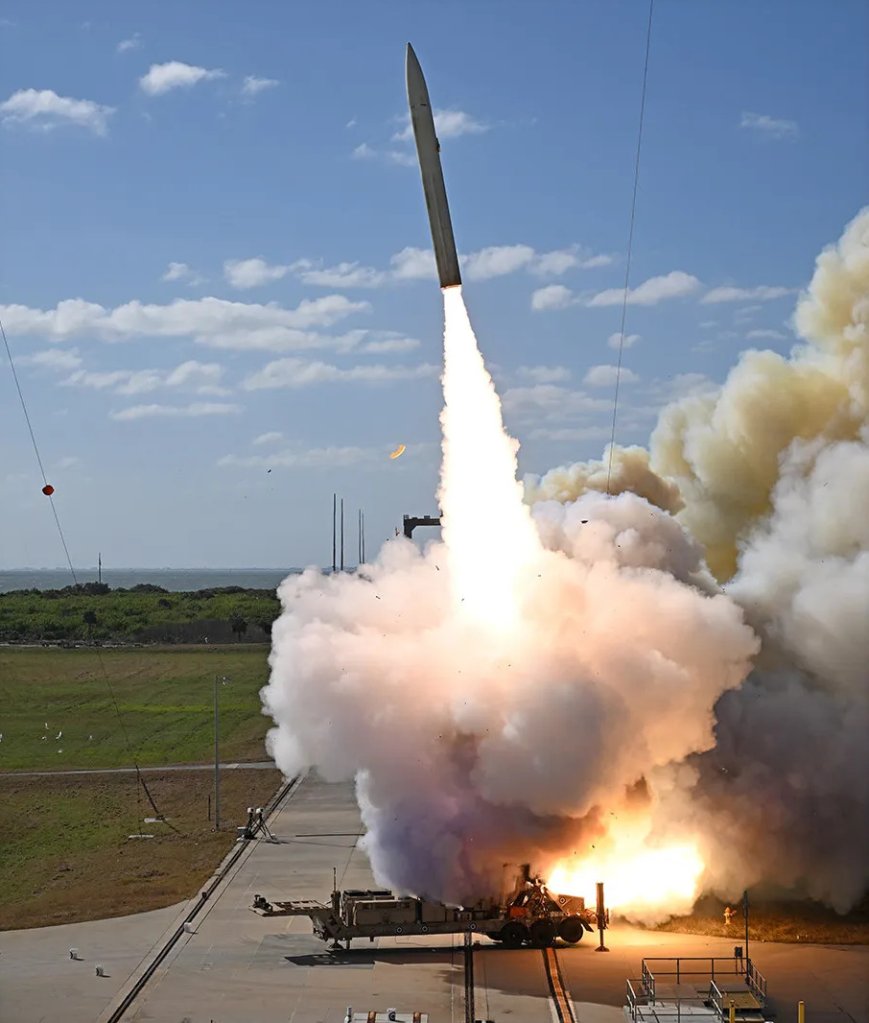
Dark Eagle is the Army end of a joint program with the U.S. Navy, which is set to eventually see the same missiles integrated into Zumwalt class stealth destroyers and Block V Virginia class submarines. The Navy refers to its portion of that program as the Intermediate Range Conventional Prompt Strike (IRCPS) weapon system. ARRW, Dark Eagle, and IRCPS are also unpowered boost-glide vehicle hypersonic weapons, which are in an entirely different category from air-breathing hypersonic cruise missiles, as you can read more about here.
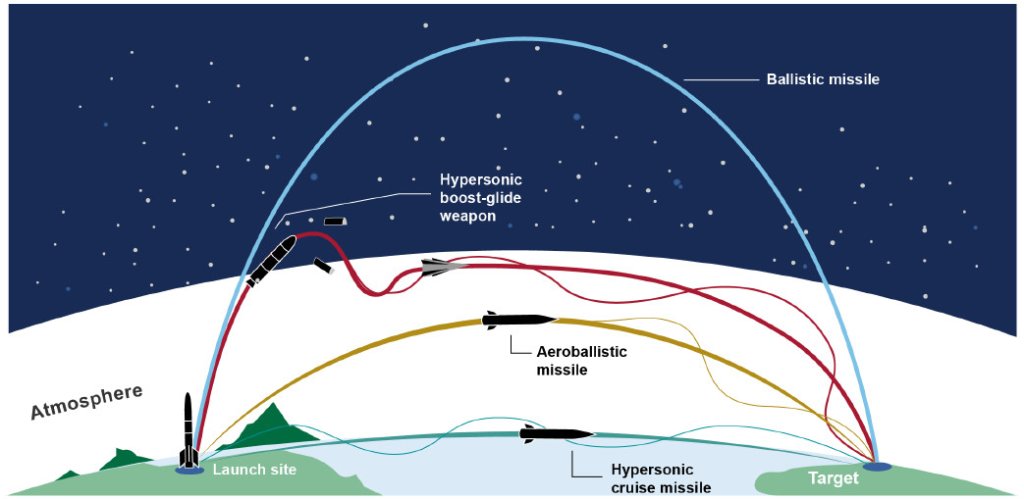
Questions have also been raised about potential risks with the Air Force’s HACM program. In 2023, the Air Force said it was canceling ARRW to refocus resources on HACM, though significant testing of the AGM-183A continued afterward. HACM is also directly intertwined with U.S.-Australian cooperation on hypersonic weapons through the Southern Cross Integrated Flight Research Experiment (SCIFiRE) program.
In addition, the Navy’s citing of cost and industry factors as contributing to the cancellation of the HALO solicitation last year underscores broader issues facing the U.S. military. Concerns are steadily growing about the ability of America’s armed forces to bolster stockpiles of key precision munitions, as well as sustain those inventories during any future protracted high-end fight, such as one in the Pacific against China. Ongoing campaigns against threats emanating from Iranian-backed Houthi militants in Yemen, as well as in the broader defense of Israel, are already seeing munition expenditure rates that are causing growing alarm, including from the U.S. military itself. There is now steadily growing interest in lower-cost precision munitions across the board, but these are intended to supplement, not supplant more exquisite capabilities like what the Navy had hoped to acquire with HALO.
How the Navy’s air-launched hypersonic anti-ship cruise missile ambitions now evolve, and what more affordable pathways to a relevant capability there might be, remain to be seen.
Contact the author: joe@twz.com
